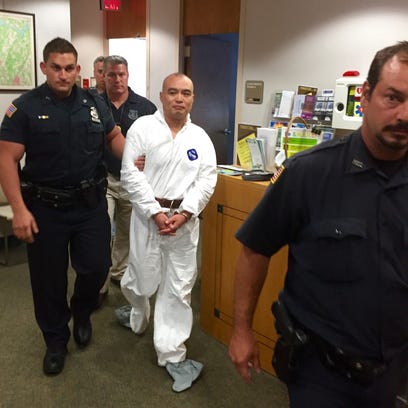 |
| Guess which person thought the cartoons were funnier? The article describes a major replication project on the facial feedback effect, which found no effect (8 labs found no effect and 9 found an effect). Says the co-author of the original study: “Given these eight nonreplications, I’m not changing my mind. I have no reason to change my mind.” I wonder... |
Slate
"Back in Illinois, Strack and Martin tried the same experiment as Laird but with pens in place of fake electrodes. They handed felt-tip markers to 92 undergrads and taught them how to hold them in their mouths. The experiment, they said, was meant to test the students’ “psychomotoric coordination” and how people with physical disabilities might learn to write or use the telephone. After the undergrads had done some practice tasks—using the pens for connect the dots and to underline the vowels on a page of random-printed letters—they were presented with a set of four single-panel comics from The Far Side and asked to rate their funniness.
The results matched up with those from Laird’s experiment. The students who were frowning, with their pens balanced on their lips, rated the cartoons at 4.3 on average. The ones who were smiling, with their pens between their teeth, rated them at 5.1. What’s more, not a single subject in the study noticed that her face had been manipulated. If her frown or smile changed her judgment of the cartoons, she’d been totally unaware.
“It was theoretically trivial,” says Strack, but his procedure was both clever and revealing, and it seemed to show, once and for all, that facial feedback worked directly on the brain, without the intervention of the conscious mind. Soon he was fielding calls from journalists asking if the pen-in-mouth routine might be used to cure depression. He laughed them off. There are better, stronger interventions, he told them, if you want to make a person happy.
Over the next two decades, many other labs adapted and extended his idea. One group stuck a pair of golf tees to its subjects’ eyebrows and had them touch the tips together, so as to force their brows to furrow. (This seemed to make the subjects sad.) Another taught people five different ways to hold a pencil in their mouths, so they could distinguish between the effects of, say, a polite, fake-looking smile and those of a more natural, eye-crinkling one. (The more authentic smiles seemed to make the subjects happier.)
Strack and Martin’s method would eventually appear in a bewildering array of contexts—and be pushed into the realm of the practical. If facial expressions could influence a person’s mental state, could smiling make them better off, or even cure society’s ills? It seemed so. In 2006, researchers at the University of Chicago showed that you could make people less racist by inducing them to smile—with a pen between their teeth—while they looked at pictures of black faces. In 2013, a Spanish team found that wearing a pen-in-mouth smile could make a person more creative in a picture-drawing task. And Strack himself would demonstrate that by getting students from his university to furrow their brows, he could bias them to think that celebrities weren’t really all that famous.
Indeed, the basic finding of Strack’s research—that a facial expression can change your feelings even if you don’t know that you’re making it—has now been reproduced, at least conceptually, many, many times. (Martin likes to replicate it with the students in his intro to psychology class.) In recent years, it has even formed the basis for the treatment of mental illness. An idea that Strack himself had scoffed at in the 1980s now is taken very seriously: Several recent, randomized clinical trials found that injecting patients’ faces with Botox to make their “frown lines” go away also helped them to recover from depression. According to proponents of the facial-feedback theory, these studies show that merely losing the ability to pout can force improvement to a person’s mood.
Looking back across these years of follow-up research, including the success of facial feedback in the clinic, Strack found himself with little doubt about the field. “The direct influence of facial expression on judgment has been demonstrated many, many times,” he told me. “I’m completely convinced.”
